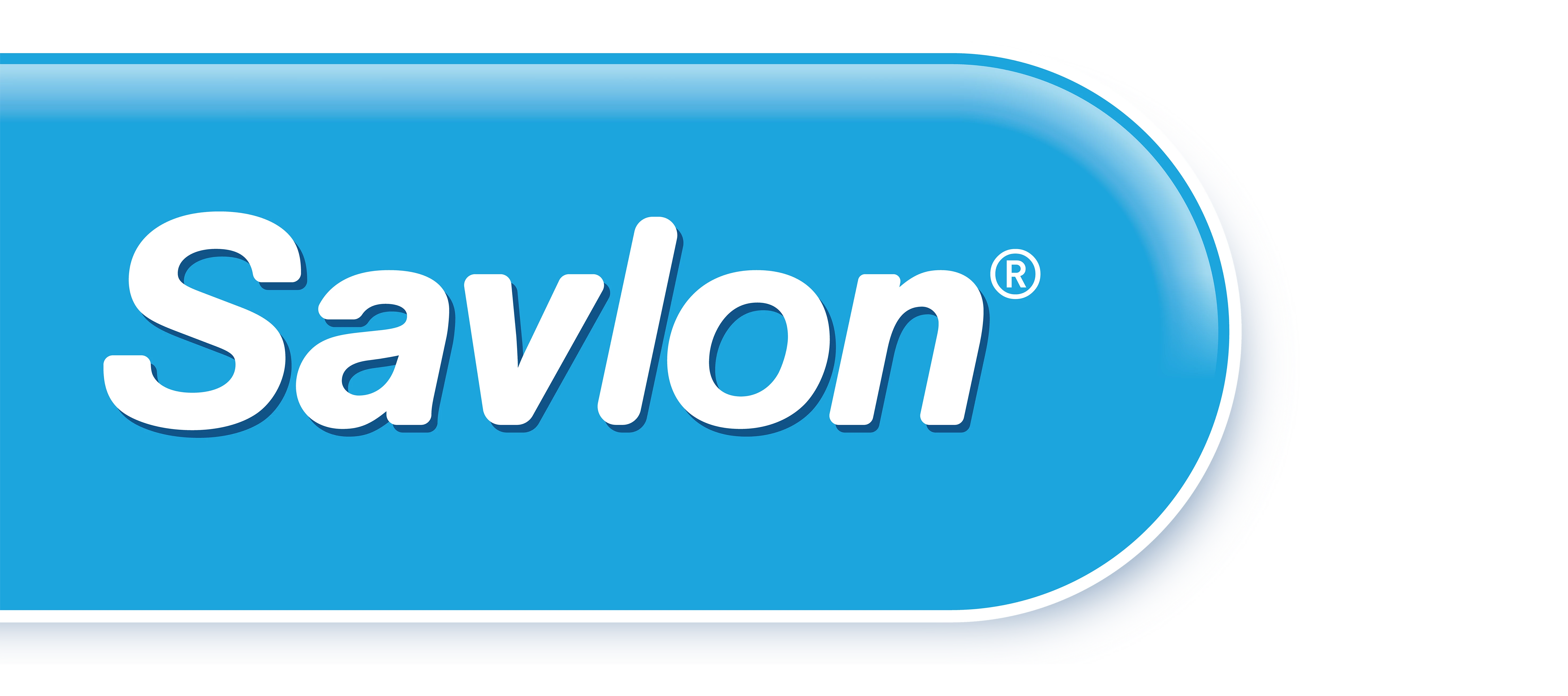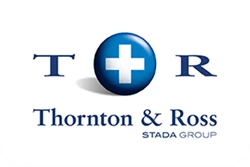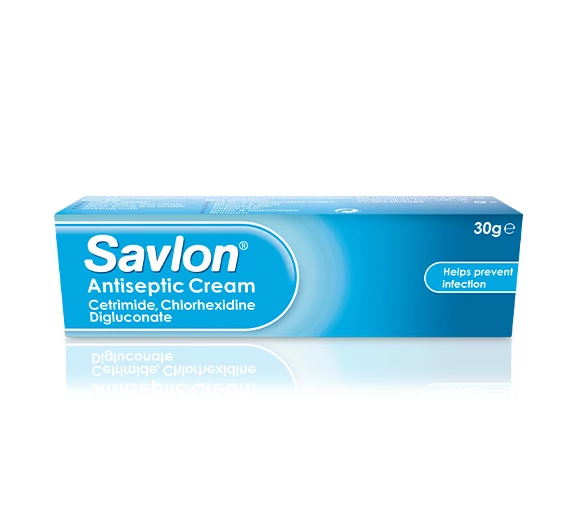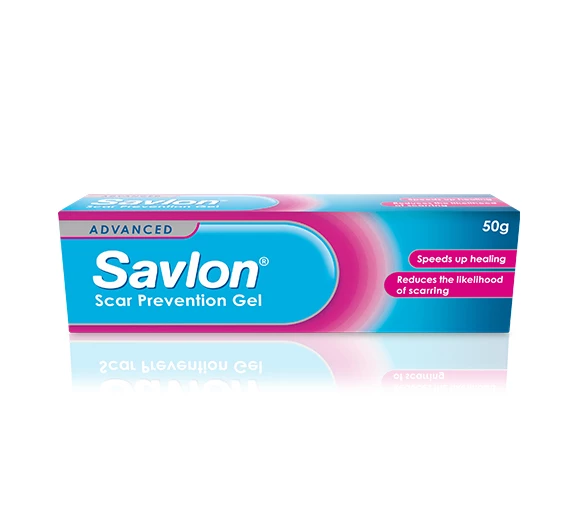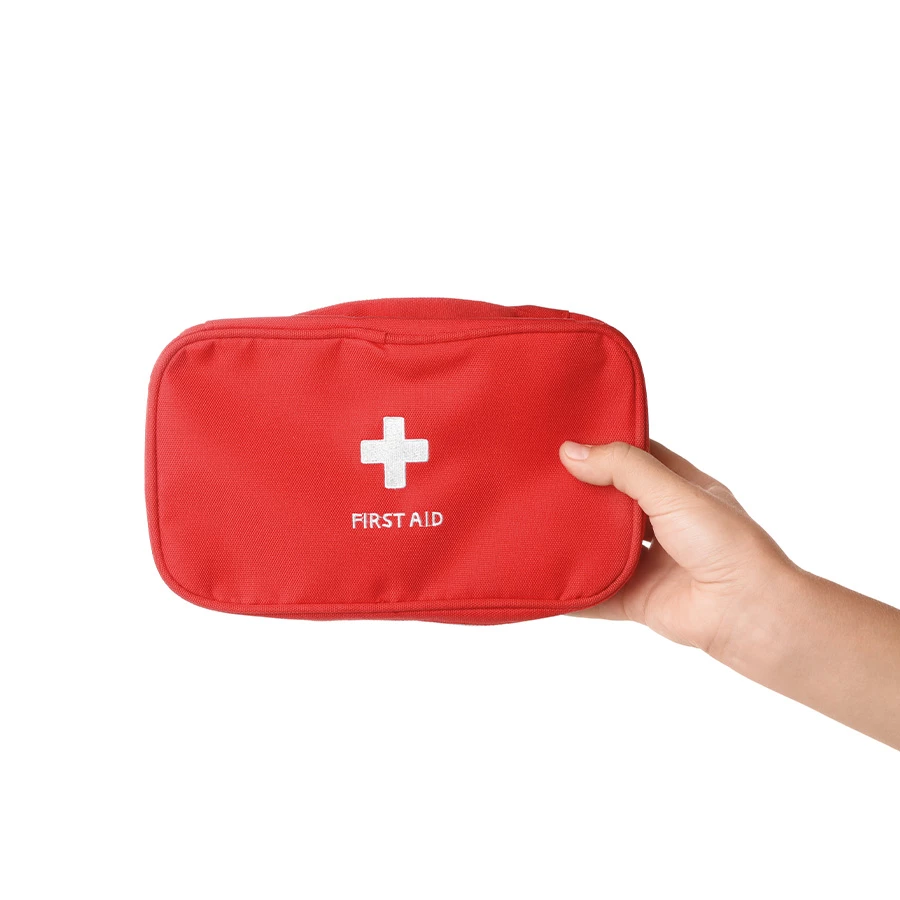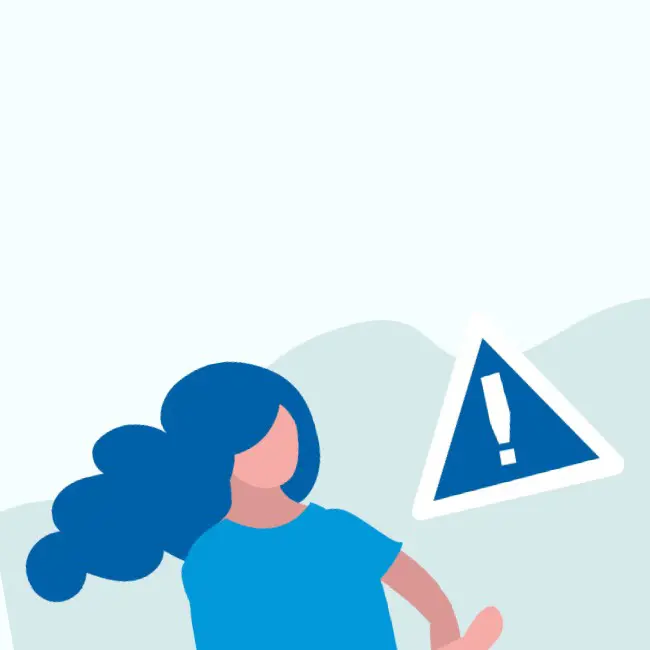| Throughout the teenage years and even into adulthood, many people experience spots and pimples at some point in their life. If you want to learn more about different types of spots and how to treat them, keep reading! |
Contents: |

What causes spots & blackheads?
The small openings on the surface of the skin, also known as pores, release the oils and sweat that the body produces. Pores are the opening to follicles within the skin which are made up of hair follicles and a sebaceous (oil) glands.
Pores can often become blocked by the oils and sweat that is released as well as dirt, bacteria and dead skin cells, which then forms a spot or blackhead. Having an oily skin type can make you more prone to spots as the natural oil can become blocked in the pores.
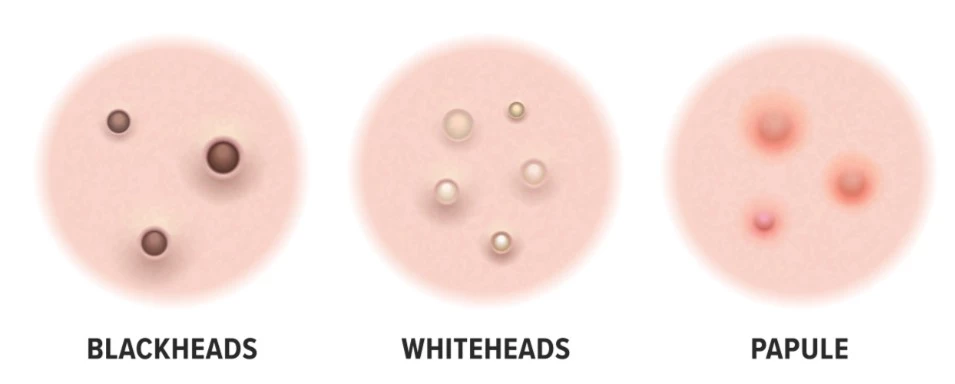
What are the different types of spots?
Whiteheads
Formed when dead skin cells, oil, and bacteria become trapped within the pores, whiteheads most often occur on the face, arms, shoulders and back areas.
Blackheads
Similarly, blackheads form when dead skin cells, oil and bacteria become trapped within hair follicles. Producing too much of the body’s natural oil, also known as sebum, can make someone more susceptible to blackheads.
Pustules and papules
When a clogged pore becomes infected, this is called a pustule or a papule. This type of spot is often red and inflamed in appearance with a white head.
Nodules and cysts
Blocked pores can often lead to more severe infection which can affect the deeper layers of skin. Nodules and cysts are usually more painful and very inflamed in appearance
Top tips for spot-prone skin
- Daily cleansing: Cleansing the skin daily will wash away the build-up of dirt and dead skin cells which may be contributing to spotty skin. It’s important to use luke-warm water and mild soap, no more than twice a day, to gently clean the skin without causing irritation.
Using a cleanser best suited to your skin type, such as oily, dry or combination, will help to clear your pores of any daily debris. Click here to learn more about picking the right cleanser for your skin type. - No touching: Attempting to remove spots and blackheads by squeezing them can often make them worse by spreading the bacteria to the surrounding skin or create permanent scarring. Try to avoid touching your skin as your hands carry bacteria that can cause more spots to form.
- Treat & prevent: Savlon Antiseptic Cream will gently cleanse the skin, acting against the bacteria on the skin’s surface which can cause spots, and helping to prevent infection. You should always apply Savlon Antiseptic Cream with clean hands and avoid contact with eyes.

- Medication: Over-the-counter medications are available for more severe acne, such as topical creams and antibiotics. These medicines work to reduce oil over-production and inflammation.
- Limit your skincare: Using the correct skincare for your skin type is vital but using too many products at once can clog your pores further. It’s best to only use the products you really need so not to overwhelm your skin!
- Excessive scrubbing/exfoliating: Try to avoid excessively scrubbing or exfoliating your skin as this can actually irritate your skin and cause spots. Instead, gently cleanse your face in firm circular motions and then gently pat dry with a towel.
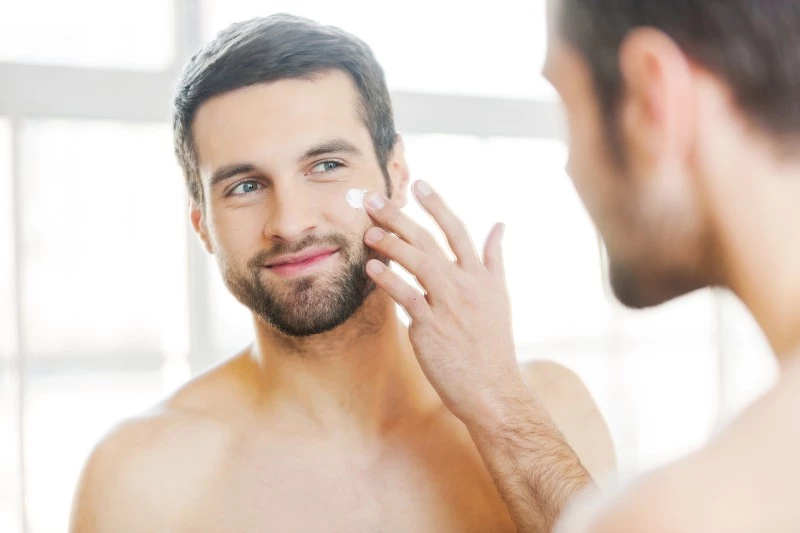
How can you use Savlon Antiseptic Cream on spots?
- Wash your hands: Even if your hands don’t look or feel dirty, it’s always best to wash them before touching your face as they can carry all sorts of bacteria you may have picked up throughout the day.
- Cleanse the skin: To avoid irritating your skin with harsh temperatures, it’s best to cleanse your face with lukewarm water and wash your hands thoroughly beforehand to avoid spreading further bacteria to your face.
- Apply Savlon Antiseptic Cream: To cleanse and protect spots from infection apply Savlon Antiseptic Cream. Apply a small amount to the affected area and repeat as needed making sure to avoid the eye area.

How to help prevent spots from scarring
- Treat acne quickly: The quicker spots and blackheads are treated, the less likely they are to spread and become a bigger problem. If you’re unsure of the cause behind your spots/pimples you may want to visit your doctor for further advice and information.
- Use Savlon Scar Prevention Gel: Savlon Scar Prevention Gel is a hydro-active colloid gel that creates optimal healing conditions to support the skin's healing process and reduce the likelihood of scarring. Savlon Scar Prevention Gel should be applied to the skin with clean hands after the skin has been cleansed (avoid contact with the eyes).
- Reduce inflammation: Inflamed spots can cause skin discolouration or scarring in the future. To prevent inflamed spots from scarring it’s best to reduce inflammation as soon as possible. This can be done by applying ice for a short period of time after the pimple has been emptied.

- Avoid the temptation to squeeze: Forcefully squeezing or picking spots can often make them worse and lead to scarring. Avoiding the temptation to touch and squeeze your spots will allow them to heal quicker and reduce the likelihood of scarring.
- Protect your skin with SPF: Applying SPF daily is an important skincare step in protecting your skin from harmful UV rays. This is especially important for people who struggle with spots or acne as sun exposure is more likely to cause skin discolouration or scarring. Don’t forget your SPF!
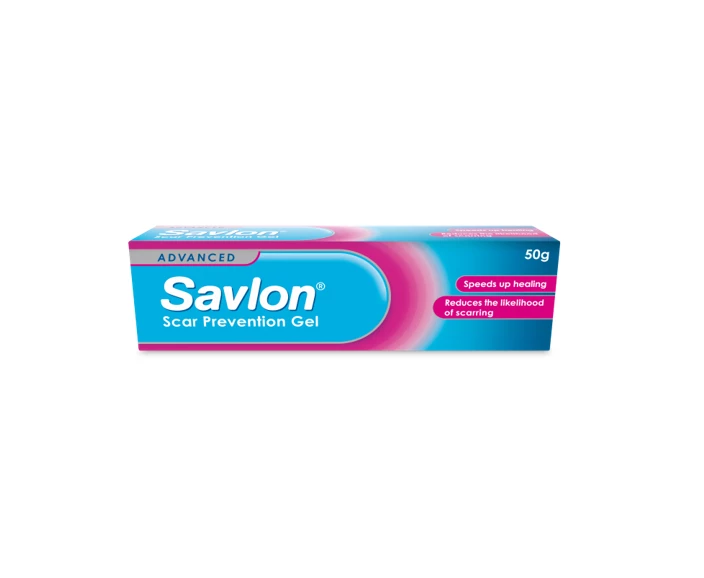
Savlon Scar Prevention Gel
Creates optimal healing conditions to reduce the likelihood of scarring!
